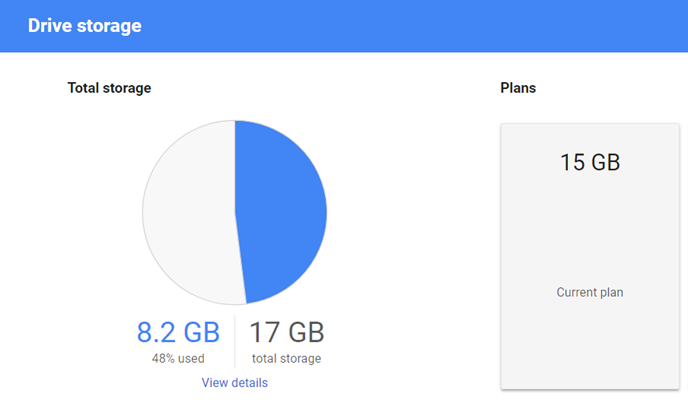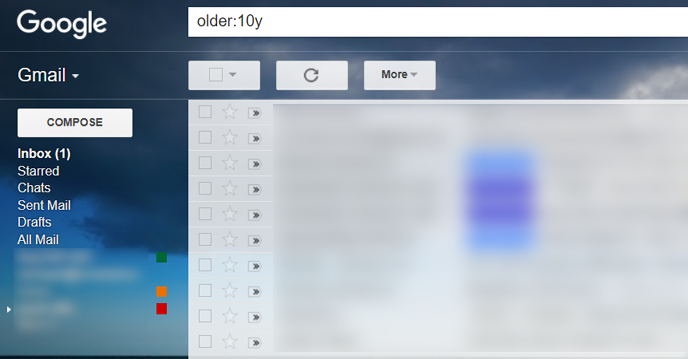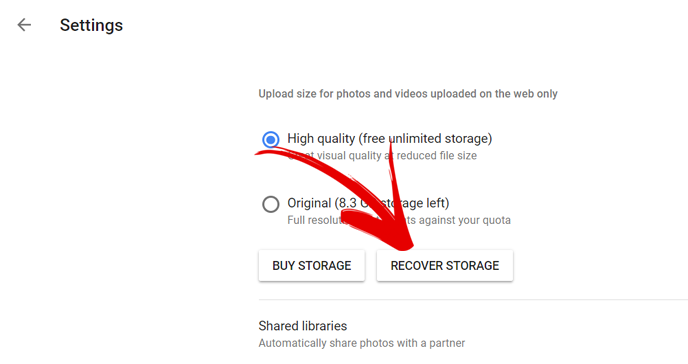One of the best things about living the dot com lifestyle — whether you’re a freelancer like me or you’re an Internet marketer, blogger, website developer, e-commerce professional or anything else — is that you can effectively work from anywhere in the world so long as you have reasonable access to the Internet. This level of freedom is truly empowering.
It doesn’t matter if you’re set up in the comforts of your home office or you’re hanging out in a luxury hotel in Singapore or you’re overlooking the beautiful beaches of Bali. As long as you can open up that laptop and get online, you can earn your living. You just have to make sure that you’ve set up your online business to support this kind of lifestyle.
If you’re a blogger, for instance, then you’ll already know that you can access WordPress from any web browser without having to install any specific software or access any specific files on your home computer. Similarly, you should set it up so that some of your most frequently used files are accessible from anywhere too and that’s where cloud storage becomes so critical.

You’ve got a lot of options in this space and one of the most popular is Google Drive. If you already have a Google account, which I’ll safely assume you all do, then you already have at least 15 GB of free Google Drive storage. But what if you start to run out of space? Remember that your storage capacity includes files saved to your Drive, as well as Gmail and Google Photos.
Here are some quick tips to help you recover some of that storage space.
1. Delete Old Emails
The main reason why I generally prefer email communication is that it functions as a built-in record of all my conversations. If I ever need to reference something that was said, I can simply search for that conversation in my Gmail. What did I promise to this client? How much did he promise to pay?
That’s why, for the longest time, I had the habit of “archiving” practically all my emails instead of deleting them. These days, I’m a little more selective, but I still prefer to hit the “archive” button. The thing is that those little emails can add up over time.

While it makes sense that you might want to reference an email from a few months ago, you probably don’t need to look up information from a 10-year-old email from someone with whom you no longer have any connection. To search for these older emails, you can use one of three different search operators:
- before:
- older:
- older_than:
For the first two, you’ll want to enter a date. For example, you might search “before:2006/12/31” to look for everything before December 31, 2006. For the last one, you’ll want to enter a period of time, like “older_than:10y” to search for emails older than 10 years. You can also use “m” and “d” for months and days, respectively.
2. Delete Large Files
Applicable to both Gmail and Google Drive, you can also search for files (and emails) that are larger than a certain size. You might choose to offload some of these files to your computer or to some other cloud service if you want to keep them for whatever reason.
Just like searching for older emails, searching for larger files (and emails) means using a simple search operator:
- larger:
For example, if you enter “larger:20M” in the search field, you’ll be presented with everything that is larger than 20 MB. The “size:” search operator works too, but it’s restricted only to bytes and counting up all those zeros could be unnecessarily frustrating.
And just like in Gmail, you can also search for older files in Google Drive if you want to delete them too. You can also combine these operators to further refine your results, like “older_than:5y larger:10M” will show files/emails that are more than five years old and larger than 10 MB.
3. Compress Your Google Photos
Here’s a neat little trick that many people overlook or ignore. Many of us use Google Photos to back up our pictures and videos, but if you keep all those files at their original full resolution, they’ll count against your quota. By contrast, if you choose the “high quality” setting — which retains great visual quality at a reduced file size — you get free unlimited storage.

While you might have selected the “high quality” option for backing up pictures from your smartphone or tablet, you may or may not have done that with files you’re backing up from your computer. Or you might have switched from “original” to “high quality” after having already uploaded some photos and videos for some time.
If you go into your Google Photos settings, you’ll find a button marked as “recover storage.” In effect, this takes everything that you have saved as “original” and compresses it down to “high quality.” In my case, I was able to recoup about 5 GB. I still have the original files backed up locally on an external hard drive at home, so I’m not too worried if I really want the full resolution and quality.
4. Empty Your Trash
By default, just like on your computer, when you “delete” something in Google Drive or Gmail, you’re not actually deleting it permanently right away. This is to protect you in case you deleted it by accident or you want to recover it back for whatever reason.
This still counts against your storage capacity, even if messages in your trash are actually removed after 30 days. If you need the extra space right now (or you recently deleted something sizable), go ahead and empty your trash on both Gmail and Google Drive. Just be sure you actually want to delete everything in there permanently, because you won’t be able to recover any of it after you empty your trash.
Just Upgrade Your Storage
If you don’t want to sweat about running out of space, the easiest solution is simply to pay for more storage. Google Drive upgraded plans are super affordable, starting at about $20/year for 100 GB of space or about $100/year for 1 TB. Of course, there are innumerable other cloud options available too, like Dropbox and OneDrive. And when you live the dot com lifestyle, you’ve got the privilege of choice. Isn’t it a great time to be alive?
